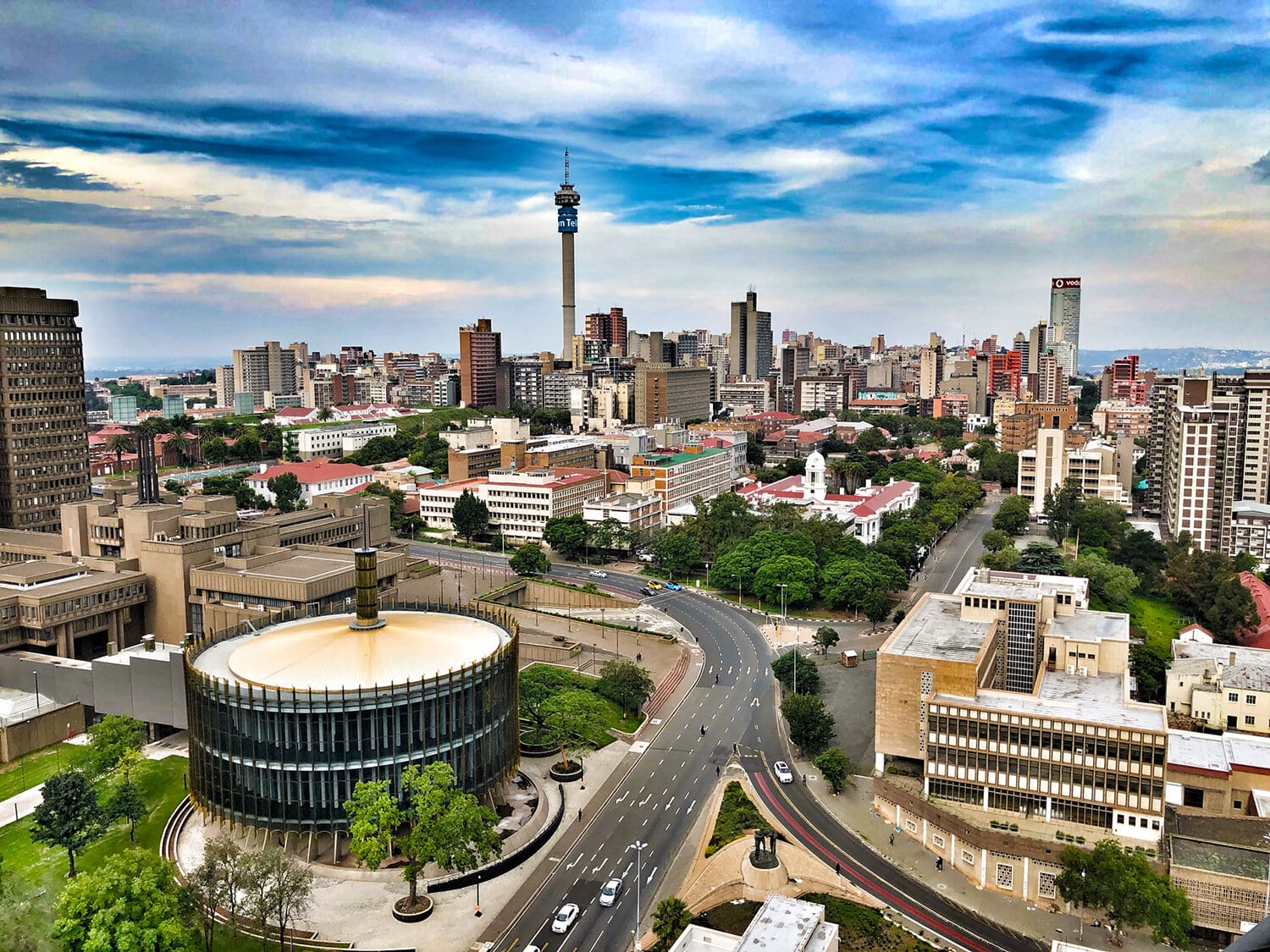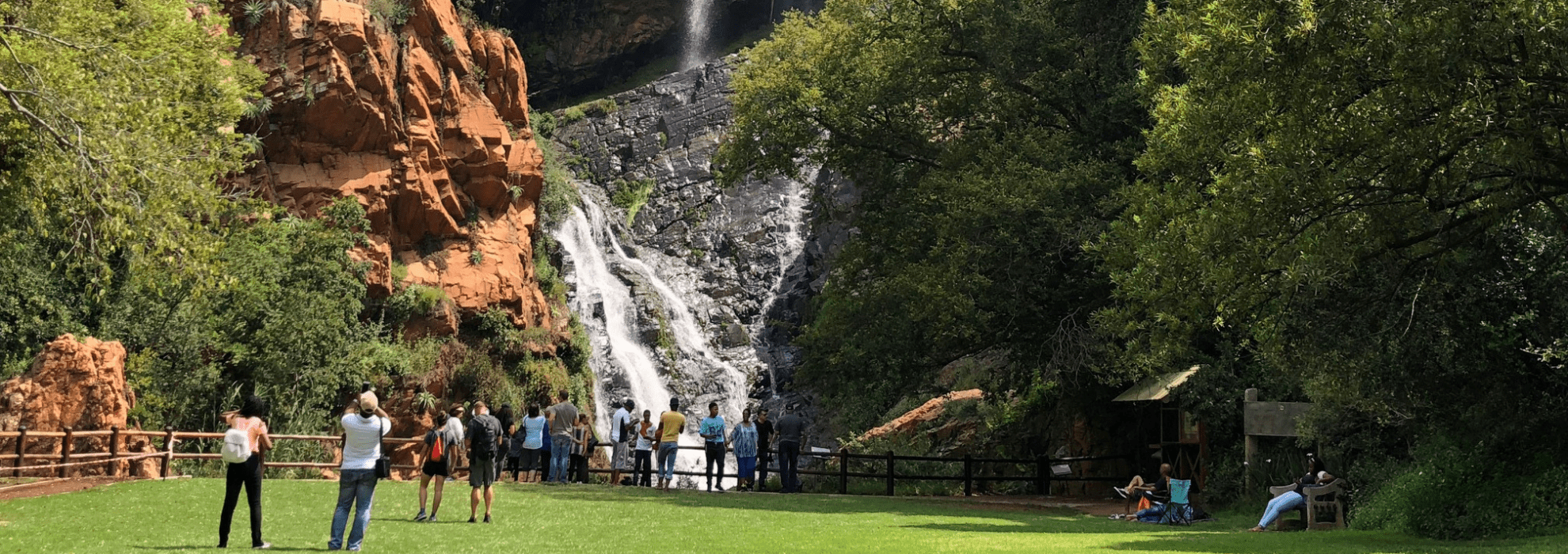Some Ideas on Johannesburg North Attractions You Should Know
Table of Contents4 Simple Techniques For Johannesburg North AttractionsWhat Does Johannesburg North Attractions Mean?Some Known Details About Johannesburg North Attractions All About Johannesburg North AttractionsJohannesburg North Attractions Can Be Fun For AnyoneSome Known Details About Johannesburg North Attractions
The city expanded on the side of the Witwatersrand Key Reef, a subterranean stratum of gold-bearing quartz-silica conglomerate that arcs for hundreds of miles beneath the Highveld - Johannesburg North attractions. Many of the gold mines in the city stopped operation in the 1970s, but in its day the Witwatersrand gold sector accounted for even more than 40 percent of the globe's yearly gold production.Johannesburg has a warm climate. The city enjoys concerning 8 hours of sunlight per day in both winter months and summer.
What rainfall the city obtains falls almost exclusively in the summertime, commonly in magnificent late-afternoon electrical tornados. Air air pollution positions a substantial issue, specifically in the cold weather, when thermal inversions restrain the westward flow of air from the Indian Ocean. Air pollution is most severe in the largely resolved Black areas on the city's periphery, where lots of residents still count on coal for gas.

The Ultimate Guide To Johannesburg North Attractions
The equilibrium of the city is occupied by whites. Accommodation differs in personality and top quality. Soweto is notorious for its endless rows of municipally developed, two-room matchbox homes, yet it likewise has a few thriving enclaves as well as bursting squatter camps, where tens of thousands live without water, power, or cleanliness centers.
Physical development, although somewhat restricted by transportation, continued quickly as immigration to South Africa, and Johannesburg particularly, increased considerably. This problem was resolved in the 1930s when the auto was introduced in mass manufacturing to South Africa. Automobiles were, generally, confined to the affluent, and allowed them to transfer to the north of the city and commute right into the centre.
The majority of bad residential areas were combined, with bad blacks and whites living with each other, although the rich suburban areas were typically reserved for whites. This changed with the election of the National Event in the 1948 political elections, that started to formalise the system referred to as discrimination. Racism formally designated which suburbs each race might live in under the Team Areas Act.
The previous system of eleven numbered regions was reorganised in 2006. Marshalltown, as seen from the top of the Carlton Centre. The M1 and M2 run behind the buildings, and the southern residential areas prolong past the freeway limit. The central city of Johannesburg lies within the city's Region F. The estimated population of the region is 200,000, [] The number of individuals living in the inner city on a casual basis is unidentified, as numerous their website are illegal immigrants. The majority of higher-income homeowners and white individuals have moved to the north suburban areas and have been changed by lower-income black people. The joblessness, education, and age accounts of the area are all unknown, due to the difficulty of acquiring reputable information concerning the area.
See This Report on Johannesburg North Attractions
Centred on the CBD, the area consists of the suburban areas of Yeoville, Bellevue, Troyeville, Jeppestown, and Berea to the east. To the west it infects Pageview (Johannesburg North attractions) and Fordsburg. There are small enterprise zones to the south, such as City West-Denver and Benrose. Around 800,000 travelers travel through the internal city on a daily basis, and it functions as a regional shopping node for visitors from the southern residential areas. Yeoville and Bellevue have a mix of home buildings and solitary property systems on tiny great deals. The area is located on a mountainous divide that runs from east to west. The most obvious geographic feature you can find out more is Observatory Ridge, which check my reference is named for the large observatory situated on it. The recreational rooms are no more used, as a result of safety and security troubles.

5 Easy Facts About Johannesburg North Attractions Shown
R. Tambo International Flight Terminal). The eastern suburbs are some of the earliest locations of Johannesburg, there are huge areas of Jewish and other European histories, the majority of the population is English speaking. There are three golf courses along with a variety of safeguarded ridges with viewsites. There are several strong and up-market amusement and buying locations in the eastern such as the Eastgate Shopping Center and the Greenstone purchasing centre.
Initially constructed to house male migrant workers, many have actually been enhanced as homes for pairs and households. The suburban area was not historically permitted to produce employment centres within the area, so virtually all of its locals are travelers to various other parts of the city.
The 15-Second Trick For Johannesburg North Attractions
The N1 Western Bypass links the north residential areas with the north-western suburbs. The property locations in the north suburban areas are mostly official, without substantial areas of informal housing, or real estate that does not have a permanent structure. Although this is a well established location, there is a pattern of land use change from residential to business, particularly along primary arterial roads and around well-known nodes.
The area is well linked to roadway networks, especially along the north-south axis developed by the M1 and N1. Roadways to the east and west are much less well developed, as there are no highways taking a trip in that instructions. In the direction of the north border of the city, the thickness of development reduces, leaving large areas of undeveloped land around Midrand.
Facts About Johannesburg North Attractions Revealed
The initial residential area to the north of the central city is Parktown, which lies on a hill neglecting the central city and Hillbrow. It has lots of wealthy residents and Edwardian-style mansions, in addition to the Education and Medical schools of the College of the Witwatersrand. The big concrete Charlotte Maxeke Johannesburg Academic Hospital controls the skyline of Parktown.
Comments on “The Best Guide To Johannesburg North Attractions”